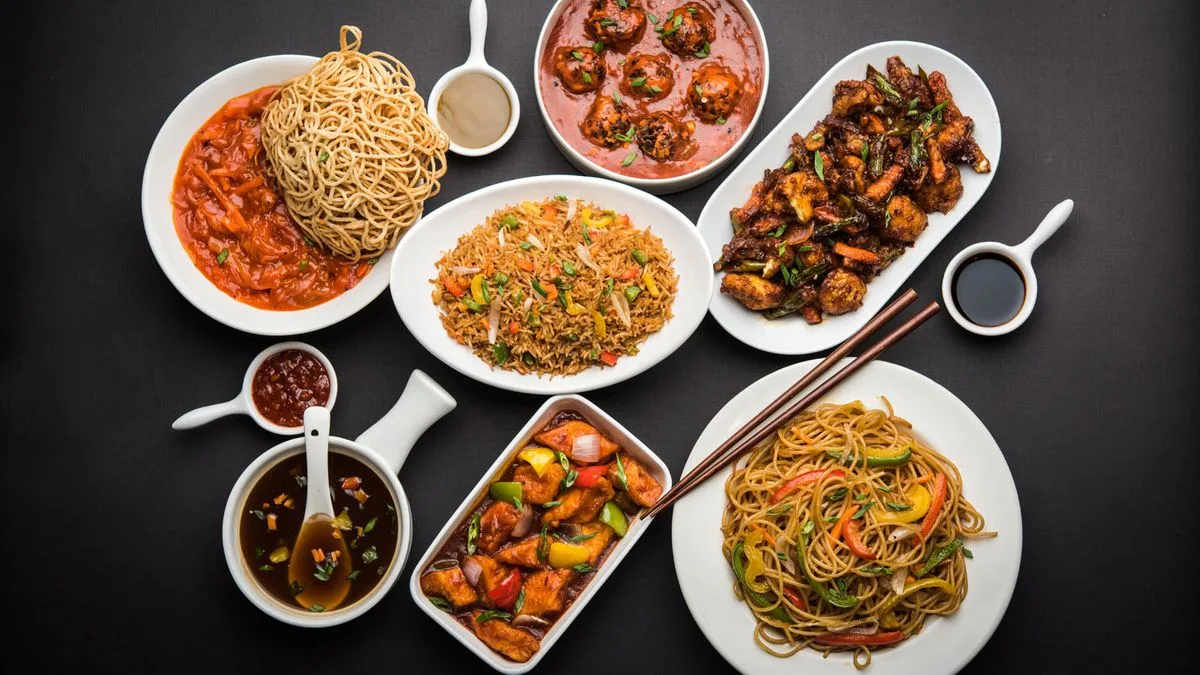Chinese Food
The Rich Tapestry of Chinese Cuisine
Chinese cuisine is a vast and varied tapestry of flavors, ingredients, and culinary techniques that reflect the country’s immense geographical and cultural diversity. Each region boasts its own distinct styles and dishes, influenced by local ingredients, climate, and history. This rich diversity makes Chinese cuisine one of the most exciting and beloved culinary traditions worldwide.
Northern Chinese Cuisine
Northern China is known for its hearty, wheat-based dishes. The region’s cold climate makes wheat a staple, resulting in a culinary tradition rich in breads, noodles, and dumplings. Peking Duck, a renowned dish from Beijing, showcases the meticulous roasting process that results in crispy skin and succulent meat. Other popular dishes include jiaozi (dumplings), often filled with pork, cabbage, and chives, and zhajiangmian, noodles served with a savory soybean paste.
The northern cuisine’s robust flavors and substantial textures are a testament to the region’s historical reliance on agriculture and animal husbandry. The extensive use of garlic, leeks, and dark soy sauce further enhances the depth and richness of the dishes.
Southern Chinese Cuisine
In contrast, southern Chinese cuisine, particularly from the Cantonese region, is characterized by lighter, more delicate flavors and a significant emphasis on rice. Cantonese cuisine is the most globally recognized Chinese culinary style, thanks to the proliferation of Chinese immigrants from this region.
Dim Sum, a staple of Cantonese cuisine, consists of a variety of small dishes such as shrimp dumplings (har gow), pork buns (char siu bao), and rice noodle rolls (cheung fun). These bite-sized delights are traditionally enjoyed with tea, making for a leisurely and social dining experience. Sweet and Sour Pork, another popular dish, exemplifies the Cantonese preference for balancing sweet and savory flavors.
Eastern Chinese Cuisine
Eastern Chinese cuisine, particularly from the Shanghai region, is known for its balance of sweet and savory flavors. The fertile lands of the Yangtze River delta provide an abundance of ingredients, including freshwater fish, rice, and a variety of vegetables.
Shanghai Soup Dumplings (xiaolongbao) are a must-try, featuring a delicate dough filled with savory meat and hot broth. Dongpo Pork, a braised pork belly dish, highlights the region’s penchant for rich, aromatic flavors, often enhanced with soy sauce, rice wine, and sugar. The culinary techniques from this region emphasize slow-cooking methods that allow flavors to develop fully.
Western Chinese Cuisine
Western China, particularly Sichuan province, is famous for its bold, spicy flavors. Sichuan cuisine is defined by the use of Sichuan peppercorns, which impart a unique numbing sensation, and chili peppers, which provide heat.
Signature dishes include Mapo Tofu, a spicy and numbing tofu dish cooked with minced meat and fermented bean paste, and Kung Pao Chicken, which combines diced chicken with peanuts, vegetables, and chili peppers in a tangy, spicy sauce. The region’s love for spice and complex flavor profiles is deeply rooted in its history and cultural interactions with neighboring regions.
Chinese cuisine is a mosaic of regional flavors and culinary traditions, each offering a unique glimpse into the country’s rich cultural heritage. Whether it’s the hearty dishes of the north, the delicate flavors of the south, the balanced tastes of the east, or the bold spiciness of the west, Chinese food provides an endless journey of discovery for food enthusiasts around the world. The global impact of Chinese cuisine is a testament to its versatility, depth, and enduring appeal.

